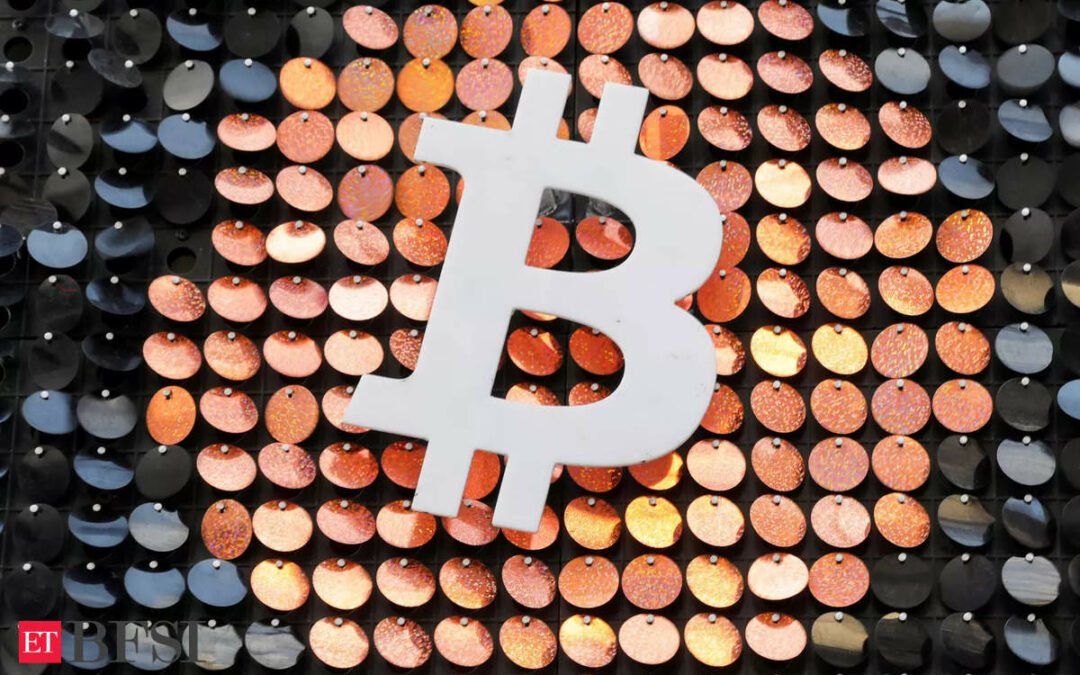New York: Potential central bank digital currencies would need to be integrated into existing payment systems alongside cash and
other forms of money, Federal Reserve Chair Jerome Powell said.
“A recent report from the Bank for International Settlements and a group of seven central banks, which includes the Fed, assessed the feasibility of CBDCs in helping central banks deliver their public policy objectives,” Powell said on Thursday in prerecorded video remarks delivered to a payments conference in Basel, Switzerland.
“Relevant to today’s topic, one of the three key principles highlighted in the report is that a CBDC needs to coexist with cash and other types of money in a flexible and innovative payment system,” Powell said.
The Fed chair was delivering closing remarks to a conference hosted by the Committee on Payments and Market Infrastructures, a group of central bankers from around the world convened by the BIS. “The Covid crisis has brought into even sharper focus the need to address the
limitations of our current arrangements for cross-border payments,” Powell said. “And as this conference amply demonstrates, despite the challenges of this last year, we still have been able to make important progress.”
Bank of Japan
The Bank of Japan (BOJ) will start experiments on a central bank digital currency (CBDC) this spring, according to central bank governor Haruhiko Kuroda.
Kuroda has said the bank must “prepare thoroughly” to issue a CBDC. That includes experimenting with how it would operate a digital yen during the course of this year.
A senior researcher at Nomura Research Institute said the BoJ had no concrete plans to issue a CBDC. That’s still true, according to Kuroda, but he said that shouldn’t stop the central bank from experimenting with how such a rollout might take place.
Deputy governor Masayoshi Amamiya made similar comments in January of last year, saying the BoJ must be prepared to respond since “public demand for CBDCs could soar in Japan.”
The BoJ has been researching CBDCs since at least 2019, according to an announcement from Kuroda in November of that year.
India
The Cryptocurrency and Regulation of Official Digital Currency Bill, 2021, is under review and likely to be tabled in Parliament shortly. While the contours of the bill are not public yet, according to market chatter it will permit the issuance of a central bank digital currency and the use of blockchain and distributed ledger technology that underlies a cryptocurrency. As for private digital currencies, recent comments by finance minister Nirmala Sitharaman indicate that rather than an absolute ban, there may be experimentation, exploration and encouragement of the emergent technology behind these.
What experts say
Experts believe India already has the best payment system in the world. UPI is widely used by people in India. It is not clear why the government would want conflict with its own very successful system, they say. In terms of applications like global trade and finance, export funding that can support the Atmanirbhar Bharat initiative, the government should look at working with existing digital asset players and bring them under regulation. A sovereign digital currency wouldn’t solve India’s collateral problem to sustain its imports and exports to support India’s population. In 1991, India had to physically transport half of India’s gold Reserves Bank of England to provide collateral to cover the risk for India’s import and exports. Digital assets and cryptocurrency technology can be used to act as payment obligation and cover collateral risk for millions of MSMEs entrepreneurs so that they can be more competitive in the global marketplace.









